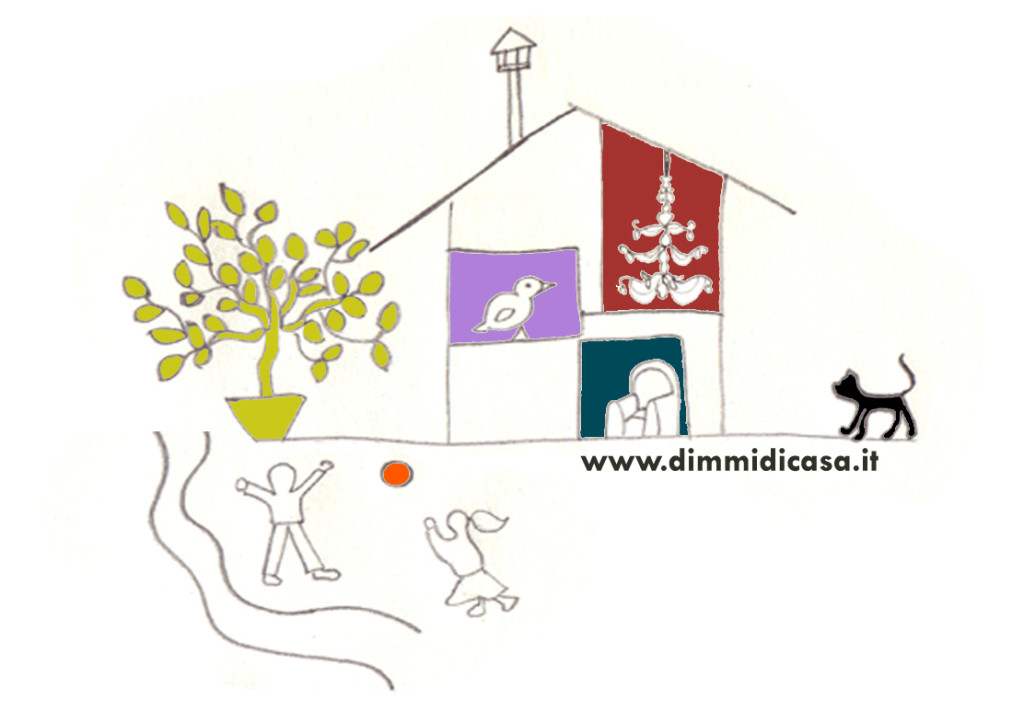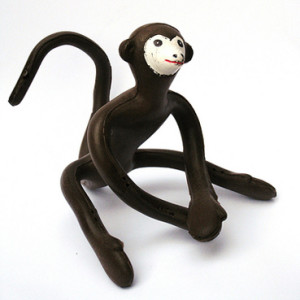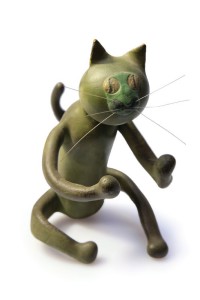Ci sono tante ragioni per cui invitare le amiche per un tè è di cruciale importanza per la nostra vita sociale: possiamo finalmente stare a chiaccherera nella nostra casa con persone care e parlare in libertà senza essere influenzate dal luogo in cui siamo (bistrò, pasticcerie, ristoranti…), senza essere disturbate dall’andirivieni di estranei e senza dover cucinare e muoverci in cucina come invece accade quando invitiamo amici a pranzo o a cena.
Per la buona riuscita di questo piccolo-grande evento occorre però prepararsi per tempo, proprio per non perdere neanche una parola di tutti i nostri bei discorsi e soprattutto per far sì che ognuno si senta a proprio agio con noi e con la nostra casa.

Tea in the Conservatory Harry Browne
Anzitutto occorre specificare che il luogo ideale è il living, non tanto perché la zona cucina o pranzo non siano idonee, ma perché quando si è comodi con il corpo, riusciamo ad aprirci meglio al prossimo (pensate alle poltrone dei terapisti…). Possiamo poi utilizzare tavoli o tavolini in supporto, ma anche graziosi vassoi che poggino sul tappeto.
Non sono dell’idea che dobbiamo a tutti i costi fare “bella figura”, ma dobbiamo far stare bene chi abbiamo invitato…

Ecco perché sconsiglierei di mettere in tavola un servizio Bond China se chiamiamo un’amica che è appena tornata da un viaggio adventure in Africa… Magari meglio farle assaporare un’atmosfera accogliente e domestica senza pretendere troppo.
Se invece il vostro pubblico è sempre giovane, ma più sofisticato, potete optare per una tavola colorata, ma più elegante.
Ci sono invece gli incontri tra le signore, e qui c’è un vero e proprio codice da rispettare poiché in alcuni casi dare un’ottima immagine di sé passa attraverso la nostra casa e la cura con cui scegliamo i nostri oggetti parlerà di noi in modo indiretto ma immediato: se siamo classichè o decò, se amiamo il design o le collezioni ereditate dalla nonna…

Il tè deve essere servito esclusivamente in finissima porcellana, piattini, sotto tazze, zuccheriere e teiere incluse. Se la teiera è in metallo, ricordarsi di preparare l’infuso direttamente nella tazzina.

gio ponti
Sbagliato pensare che debba essere tutto coordinato, anzi: gli abbinamenti e le personalizzazioni che attuiamo sulla nostra tavola raccontano il nostro gusto, i nostri interesse e a volte anche i nostri viaggi…

Prossimamente avrò delle segnalazioni sull’argomento….There are many reasons why invite friends for tea is of crucial importance to our social life, we can finally talk in our home with lovely persons and speak freely without being influenced by the place where we are (bistros, bakeries, restaurants …), without being disturbed by the coming of strangers without having to cook and move into the kitchen, as it happens when we invite friends for lunch or dinner.
For the success of this great – little event, however, we should be ready in time, in order not to miss a word of speeches and in particular to ensure that everyone feels comfortable with us and our home.

Tea in the Conservatory Harry Browne
First, we need to specify that the ideal is the living, not because the kitchen or dining room are not suitable, but because when you are comfortable with your body, you can open your mind to others (think of therapist armchairs …). Then We can use tables or tables support, but also pretty trays to put on our rugs.
I am not of the opinion that we must make a good impression ,but we have to be warm with who we invited …

That’s why I not recommend to put on the table a service Bond China if we call a friend who has just returned from an adventure trip in Africa … Let her enjoy a friendly atmosphere at home without expecting too much.
However, if your audience is still young, but more sophisticated, you can opt for a colored table, but more elegant
There are meetings between ladies, and here’s a real code to observe, because sometimes make a good impression through our home and the care with which we select our objects talks about us in indirect but immediate way: if we are classic or art deco, if we love the design and the collections inherited from grandmother …

The tea should be served exclusively in porcelain, saucers under cups, sugar bowls and teapots included. If the pot is made of metal, be sure to prepare the infusion directly into the cup.

gio ponti
Do not think that everything should be coordinated: the combinations and personalisations that we carry on our table telling our taste, our interest and sometimes even our travels …

Soon I will have reports about this subject ….
Condividi con i tuoi amici










